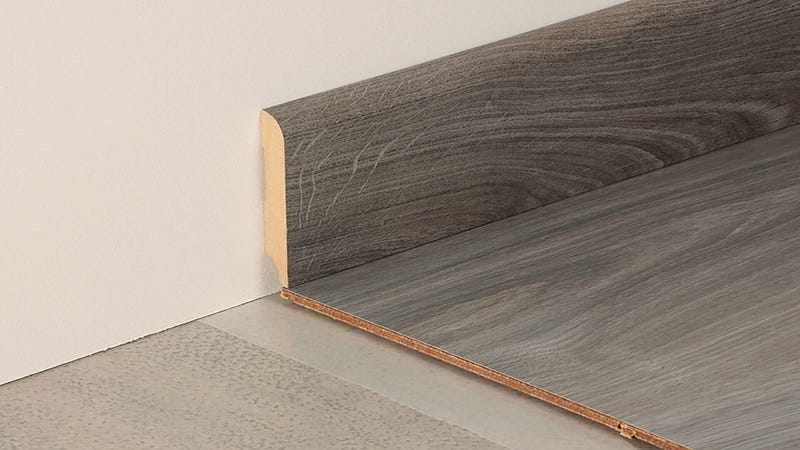Enhancing Interiors with Elegance: Wooden Floor Skirting

Wooden floor skirting is an essential yet often overlooked element in interior design. It serves both functional and aesthetic purposes, providing a clean and seamless transition between the walls and floors. Skirting, also known as baseboard or mopboard, adds character and elegance to a room while hiding unsightly gaps and protecting walls from scuffs and furniture damage. Wooden skirting, in particular, is favored for its durability, natural appeal, and timeless charm.
Purpose and Functionality
One of the main reasons for installing wooden floor skirting is to protect the base of interior walls. When cleaning floors or moving furniture, walls are vulnerable to damage. A wooden skirting board acts as a buffer, preventing scratches, dents, and stains. In addition, it conceals uneven flooring edges or gaps that may exist due to expansion and contraction in wooden floors, ensuring a neat and finished look.
Another practical benefit is the ability to hide electrical wiring, internet cables, or even pipes. Hollow wooden skirting boards can be designed to run cables discreetly, keeping your space clutter-free and organized.
Aesthetic Value
Wooden floor skirting adds a touch of sophistication to any interior, from traditional to modern homes. The natural grain and texture of wood complement various flooring types and wall finishes. It enhances the overall appearance of a room by framing the space beautifully.
There are numerous styles and finishes available, including oak, walnut, pine, and teak, in shades that range from light to dark. Some skirting boards come with intricate carvings for a classic look, while others are sleek and minimalist, ideal for contemporary spaces.
Homeowners and designers often choose skirting that matches or contrasts the flooring for visual interest. Painting or staining the skirting to match the wall color is another popular trend for a seamless, minimalist design.
Installation and Maintenance
Installing wooden skirting is a relatively straightforward process, often done after the flooring is laid. It can be fixed using adhesives, nails, or screws, depending on the wall type and design preference. Pre-finished skirting boards save time and ensure a uniform look, while unfinished options can be customized on-site.
Maintenance is simple — regular dusting and occasional polishing are usually enough to keep wooden skirting looking fresh. In case of damage, it is easier to replace or repaint a single skirting board than to repair a wall or floor edge.
Conclusion
Wooden floor skirting doha is more than just a decorative trim — it’s a practical design element that brings together the aesthetics and functionality of a space. It offers wall protection, hides imperfections, and adds an extra layer of detail that elevates the interior design of any room. With various wood types, finishes, and styles available, wooden skirting remains a versatile and timeless choice for homeowners and interior designers alike. Whether you’re renovating or building new, incorporating wooden floor skirting is a smart and stylish decision.
Comments
Post a Comment